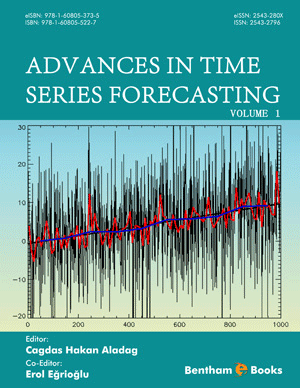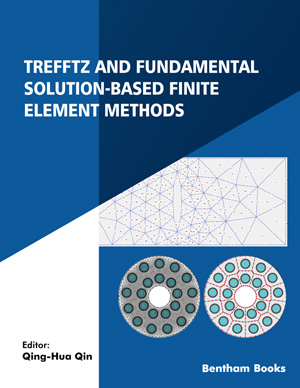Abstract
An elaborate direct numerical simulation (DNS) for late boundary layer transition has been conducted. The DNS results are qualitatively compared with a new Lagrangian property experimental technique named the moving single-frame and longexposure (MSFLE) imaging method to obtain a deeper understanding on the coherent structures of a transitional and turbulent boundary layer at low Reynolds number. Multilevel vortex structures are clearly observed by both experiment and DNS. This study found that there are multilevel co-rotating vortices, showing how energy is transported from the main flow to the bottom of the boundary layer and how the streaks or whiteblack strips are formed. The results also show that the lower level vortices cannot simply be produced by the upper-level vortex inducement. There are multilevel hairpin vortex ejections and sweeps inside the boundary layer of the transitional and low Reynolds number turbulent flows. The ejections and sweeps are much stronger around the hairpin legs and necks than those in the ring area. This clearly shows that the ring-like vortices are the production of the strong vortex neck rotation. In conjunction with ejections and sweeps, a lot of strong shear layers are produced. Because fluid cannot tolerate the strong shear, the shear layer must turn to rotation and form many vortices. This would help reveal the mechanism of multilevel vortices and turbulence generation. Although the upper-level vortices could be larger than the lower ones, the lower level vortices sometimes have the same size as the neighboring upper-level vortices. The vortex cascade and large vortex breakdown are not observed by either DNS or experiment.
Keywords: DNS, Ejection and sweep, Hairpin vortices, Multilevel vortices, experiment, Turbulent boundary layer.












